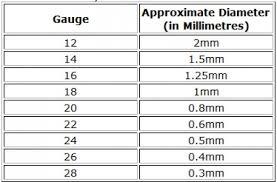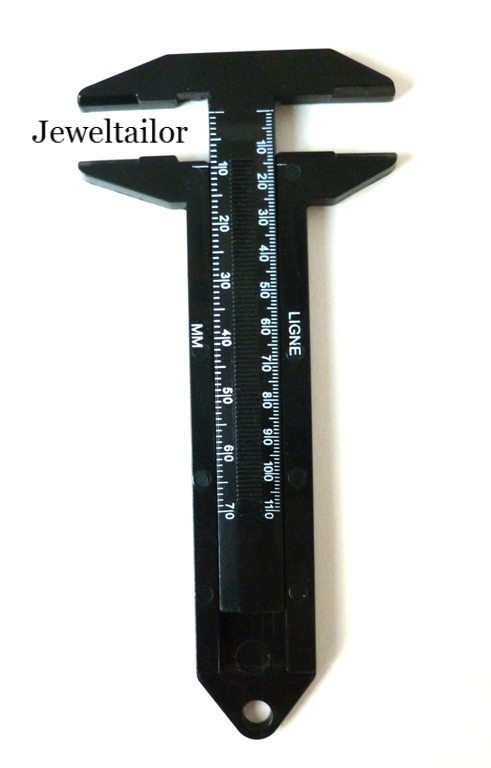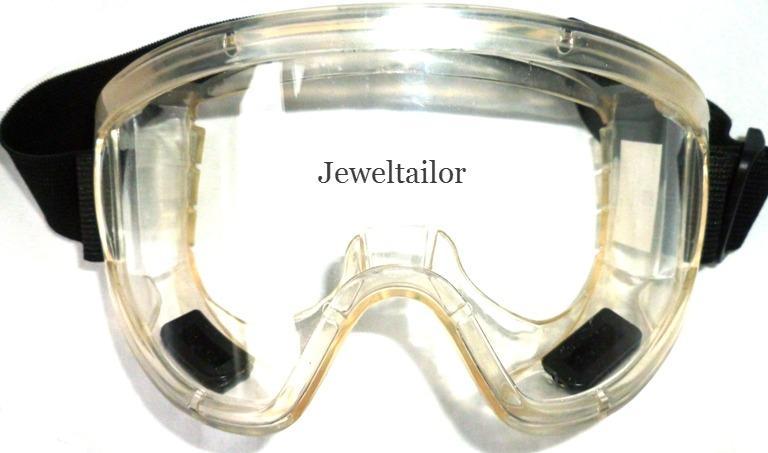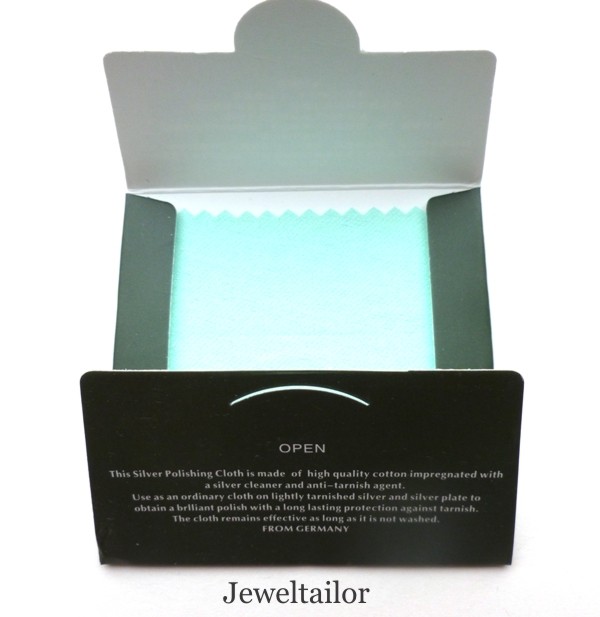-
1.Jewellery Making
When you are new to the craft it's a good idea to practice using affordable glass and acrylic beads until you have mastered basic techniques. Other more expensive beads such as sterling silver and semi precious stones can be introduced thereafter.
Was this helpful? 1
1 0
0There is no hard and fast rule, however when we teach, we always start students with a simple stretchy bracelet project as they learn how to tie and secure knots, are introduced to the concept of colour theory and how to select complimentary and contrasting colours. This is a vital part of design and get's easire the more you practice.
After mastering the single strand bracelet, you can attempt a double or triple strand one until you are completely confident. The next basic project could be to make a pair of earrings which involves mastering the all important round loop technique.
Was this helpful? 1
1 0
0Depending on the robustness of the wire, it may be suitable for hardening. To do so you will need a small metal block and a mallet style hammer. In order to avoid marking the wire we would advise you cover the hammer head with masking tape and gently hit the wire on the block a number of times, before turning it over and repeating the exercise. This will have the effect of making the wire harder to work with.
Was this helpful? 1
1 0
0We find that if you apply masking tape around the mouth of the pliers this helps to alleviate the issue.
Was this helpful? 5
5 0
0It's a good idea to gently rub, non precious metal wire, with steel wool prior to use as this gives an even brighter finish, however bear in mind that some plated wire have a copper base, so scrubbing too intently may reveal the copper underneath.
Was this helpful? 0
0 0
0Yes- there are two things we would recommend. The first would be to invest in a bead gauge such as the one pictured below and available HERE, as this allows you to accurately measure your existing beads, and therefore will assist as you buy new ones.
We would also advise that you buy small labels and record the name of the beads, size and source therefore as your collection grows you not only learn to appreciate the size of beads but also know exactly where to buy more when your supplies run out.
Was this helpful? 1
1 0
0Everyone has their own individual source of inspiration so there is no definitive answer,however you may want to look wider than jewellery and take note of colours and styles that catch your eye, and incorporate them.
You are also welcome to view our Pinterest page HERE and view some of our favourite designs and colours.
The internet, books and magazines may also re-ignite your creative flow, however, you should always seek to add your own unique contribution to anything that you see.
Was this helpful? 1
1 0
0You'd be surprised how many every day objects around the home are perfect for your jewellery making toolkit. Depending on the size of the hoop required, anything from a large marker pen to a small rolling pin, can be used to create the required cylindrical shape.
Was this helpful? 2
2 0
0This is an abbreviation for Aurora Borealis which is a coating often applied to beads to increase their sheen.
Was this helpful? 0
0 0
0For beginners, we recommend purchasing a pair of round nose, flat or chain and cutting pliers with an example seen below. These are the staple tools that will allow you to complete projects with ease as they are designed for jewellery making and crafts.
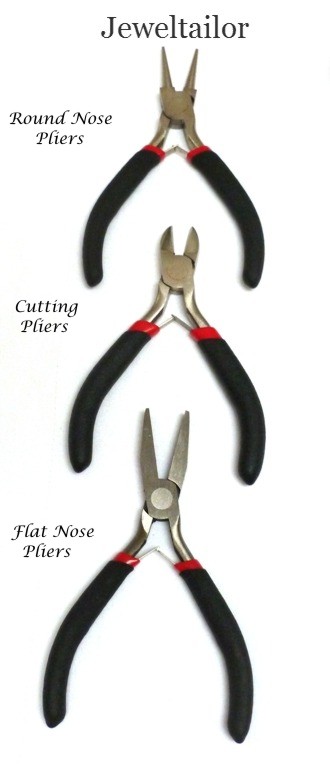 Was this helpful?
Was this helpful? 1
1 0
0Crimping pliers are the tool of choice to provide a professional finish and are particularly good at making crimps small enough to fit inside crimp covers. In their absence, and if crimp covers are not required, you can use chain or flat nose pliers, which will result in a flattened, longer crimp and your ends will be secured.
Was this helpful? 1
1 0
0Once you have a pair of round nose pliers detailed steps can be found in the link below.
Amethyst & Swarovski Crystal Earring Instructions By Jeweltailor.com
Was this helpful? 0
0 0
0Please see instructions HERE
Was this helpful? 0
0 0
0Bracelets for women are typically made to fit wrist sizes between 7- 8.5 inches with 7.5 inches being the most common length. When making your bracelet it's a good idea to finish so that the clasp is attached using jump rings, as this allows you to adjust it should it be too small.
Was this helpful? 1
1 0
0This is so common and as you become more familiar with the craft you'll realise that the bead hole is one of the most important measurements to take note of. Freshwater pearls for example are notorious for not only having small bead holes but also, due their natural composition, one strand can feature holes of different sizes. We recommend purchasing a good quality bead reamer set which are small narrow files designed to carefully enlarge holes or a cheaper alternative is to try inserting a piece of wire and rotating until the hole size increases.
The other option is to try and condition the thread with beeswax, or a suitable alternative which aids threading.
Was this helpful? 2
2 0
0Yes. Whilst jewellery making, like most crafts, is a relatively safe activity as you will be working with tools and sharp objects, we always recommend investing in a good pair of safety goggles such as those pictured below, to protect your eyes when cutting wire.
If there are children in the household, you should ensure all tools and equipment is securely packed away when not in use.
Was this helpful? 1
1 0
0It's good practice to create labels that can be affixed to your supplies. Thereafter when you make items and use materials from the bags, your unit cost are already calculated and you can more easily set your price. For further guidance on what to consider when pricing click HERE
Was this helpful? 1
1 0
0A good display can make all the difference, and this is covered in our article HERE
Was this helpful? 1
1 0
0This is a common question. Metal beads should ideally be stored in air tight bags and away from strong sunlight. When wearing jewellery avoid getting the items wet (even with perfume) as this can also affect their finish. To keep your precious metals, such as sterling silver, in pristine condition, a jewellery polishing cloth such as the one below is useful or you could use jewellery liquid cleaner.
Was this helpful? 0
0 0
0
FAQs
2.My Craft Business
3.Jewellery Care



